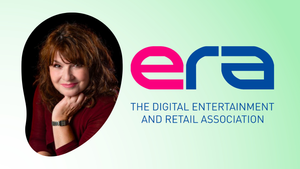Last month the UK government published a new Transparency Code for music streaming, in which digital service providers, record labels, music distributors, music publishers and collecting societies commit to communicate more information to artists, songwriters and their managers about how their music is used by streaming platforms and how digital royalties are calculated.
The code was facilitated by the Intellectual Property Office as part of the Economics Of Streaming work that was instigated by government following the Parliamentary inquiry into the digital music sector. Trade organisations from across the UK industry were involved in negotiating the code, including ERA, whose members include many of the key digital music platforms.
Here, its CEO Kim Bayley discusses the code and the role it will play.
Memories can be short. Not much more than a decade ago, music was at its lowest ebb. People seriously questioned whether the music industry even had a future.
The music industry itself was unable to find a solution. But then along came a group of music-loving entrepreneurs and tech companies, most of them now members of ERA, determined to do something about it. And succeed, they did. Streaming has happily led to a rebirth of the music industry and everyone has benefited.
Not everything about streaming is perfect, just as not everything about the CD business was perfect, but the good news now is that there seems to be a collective will to do something about it. And that has certainly been the case with transparency.
ERA and its members are proud to have worked alongside our partner organisations representing artists, songwriters and all areas of the music business to develop the new Music Streaming Transparency Code. Is it perfect? No. Is it a compromise? Of course. Would we have preferred that some parts of it were different? Naturally.
Reaching such an agreement required hard work and compromise on all sides, but everyone involved can be proud of what has been achieved, a world-first which will support creator understanding of the fast-evolving royalty landscape.
Do not forget either that ERA members have already invested heavily in developing creator platforms like Spotify For Artists, Amazon Music For Artists, YouTube For Artists and SoundCloud’s Fans, all of which help to ensure creators can develop their fanbases and understand their audiences.
Further development of these DSP tools coupled with improved transparency of royalties will enable all creators to better promote their music and maximise their earning potential.
I remain confident that by continuing to work together, we can ensure a positive outcome for all parts of music’s rich ecosystem.

